Abundance: rare
What: tubers, flowers, vine tips, seedpods
How: tubers are boiled, roasted, not raw; flowers & yound seedpods cooked; vine tips raw or cooked
Where: moist areas
When: spring, summer, fall, winter
Nutritional Value: calories, protein
Dangers: 1% of the population is allergic to groundnuts
Groundnut tubers, 1-3 years old.
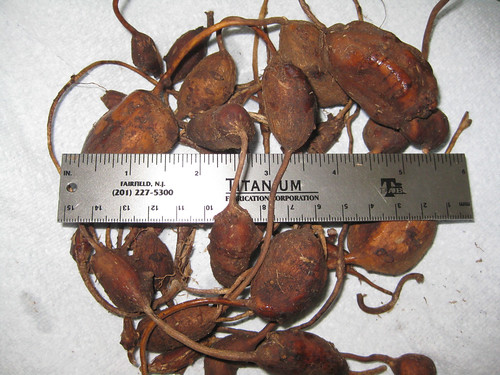
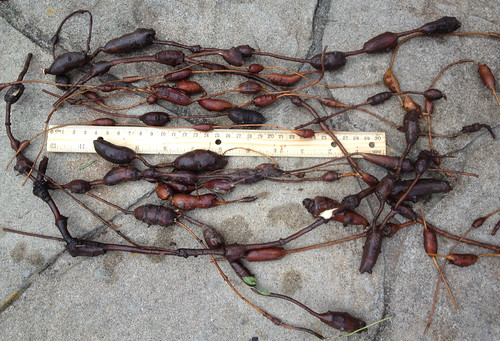
Groundnut vine.

Close-up of groundnut vine tip.
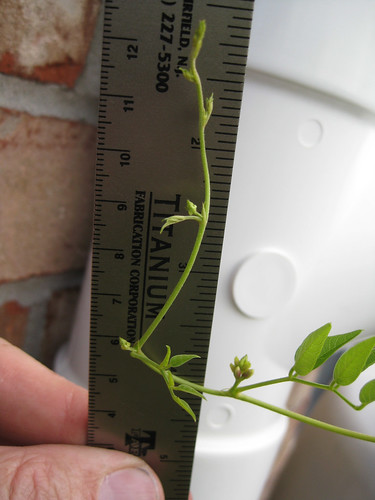
Close-up of groundnut stem.
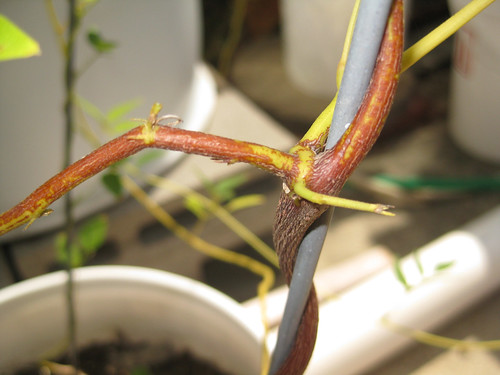
Groundnut leaf (odd-pinnate).

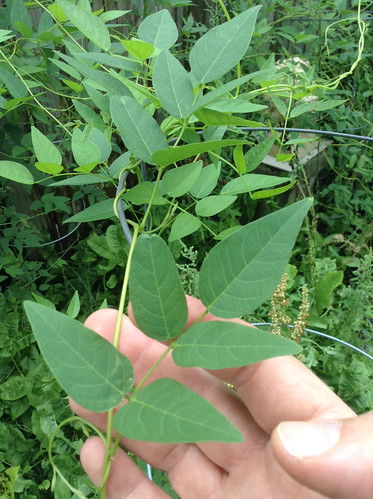
Close-up of unopened flowers.
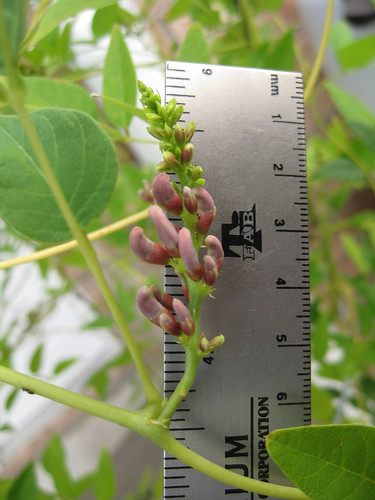
Close-up of opened groundnut flowers.
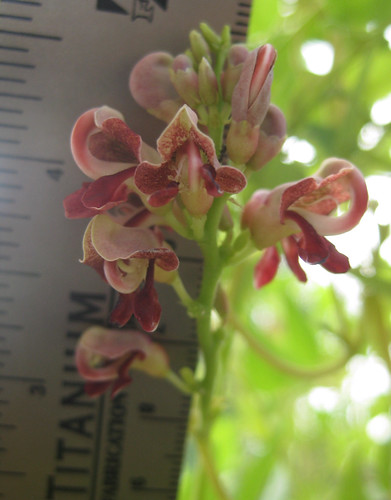
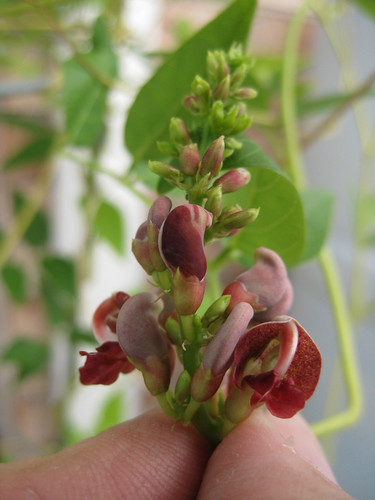
Groundnut seedpod. Cook before eating.
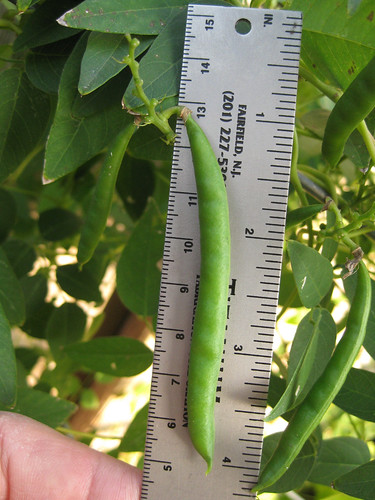
Texas distribution, attributed to U. S. Department of Agriculture. The marked counties are guidelines only. Plants may appear in other counties, especially if used in landscaping.
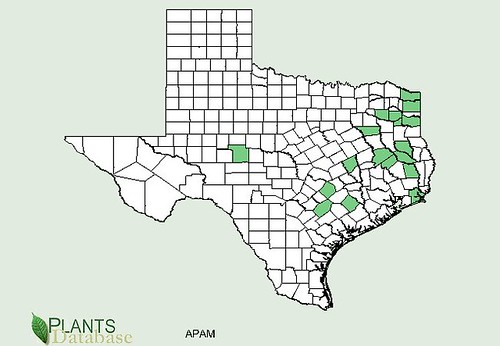
North American distribution, attributed to U. S. Department of Agriculture.
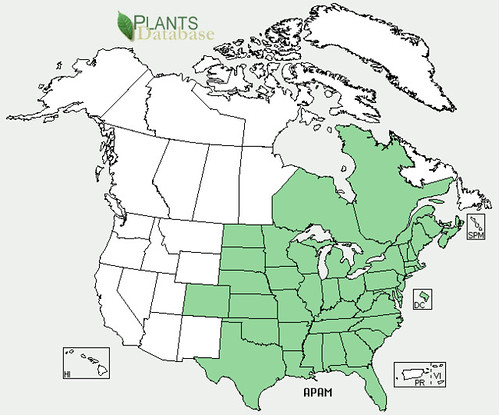
Groundnuts aka hopniss are a wonderful, potato-like tubers found in moist soils all across North America, including along many Texas streams and ponds. They like river banks, where their vines will entwine anything that will support them. These vines have a rough, hairy feel to them and range in color from reddish at the base up to pale green at the newest tips. The leave are odd-pinnate which means it's a compound leaf with and five to seven (always an odd number) leaflets off the main petiole (leafstem).The purple-white flower clusters appear in late summer and continue to appear into the fall.
The edible, slow-growing tubers can be dug any time of the year as they take up to three years to reach their full size, approximately as big as a hen's egg. The individual tubers will have their highest concentration of starch in the fall, which makes them tastiest at that time. These tubers grow in chains along the roots, once you find one you can follow the root to collect many more. An single vine can produce a dozen or more tubers, most of which will be big enough to eat.
These tubers can be prepared just like potatoes which frying being my personal favorite. They are a bit more bland as well as being a little bit fibrous than regular potatoes, but salt or other seasoning helps with the flavor. Groundnut tubers are significantly higher (up to 17% by weight) in protein than potatoes, which makes them an excellent food source.
The rest of the plant is edible but the flowers, bean-like seedpods, and vine tips aren't nearly as desirable as the tubers.
Groundnuts are easy to grow in your garden or a self-watering Earth Bucket as long as you have patience and plenty of water. I have them growing in both a wet spot in my yard and an Earth Bucket as part of my permaculture food forest.
While ground nut tubers are an amazing food, approximately 1% of the population can develop allergies to them. This allergy can hit the first time they eat the tubers or any time the sit down to a meal of them after that first time. There's no good way of telling in advance if a person might be allergic, but if someone has an extreme allergy to peanuts I would hesitate in giving them any part of the groundnut plant.
Buy my book! Outdoor Adventure Guides Foraging covers 70 of North America's tastiest and easy to find wild edibles shown with the same big pictures as here on the Foraging Texas website.

